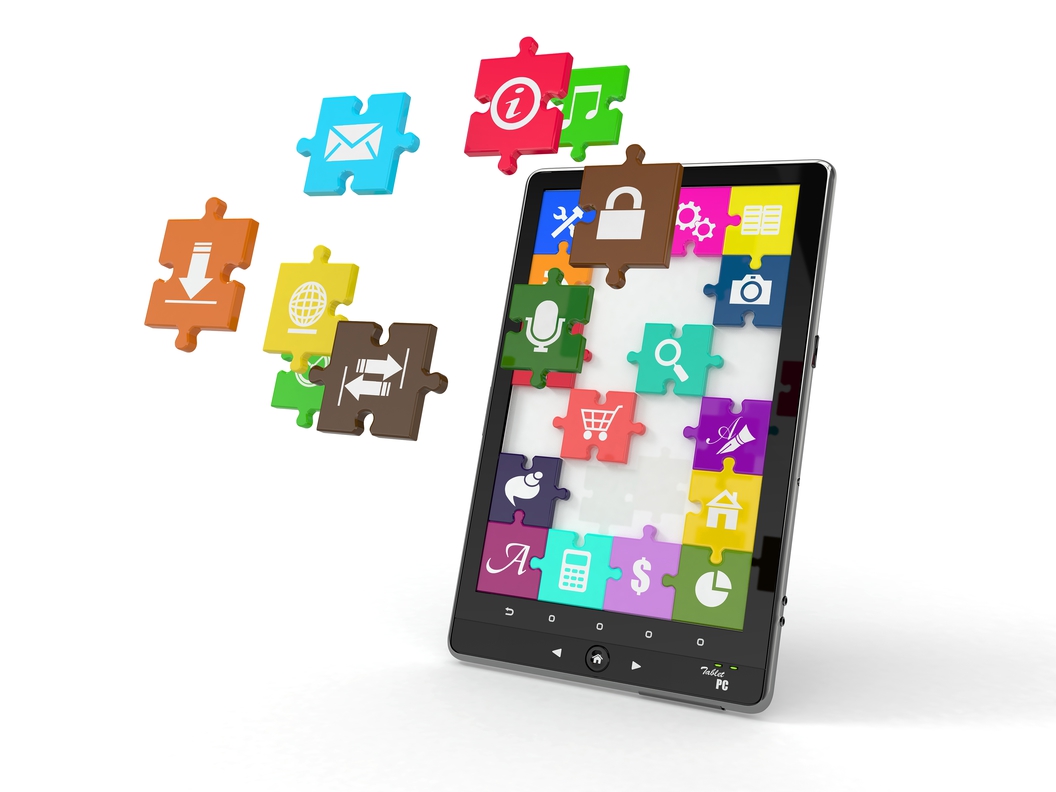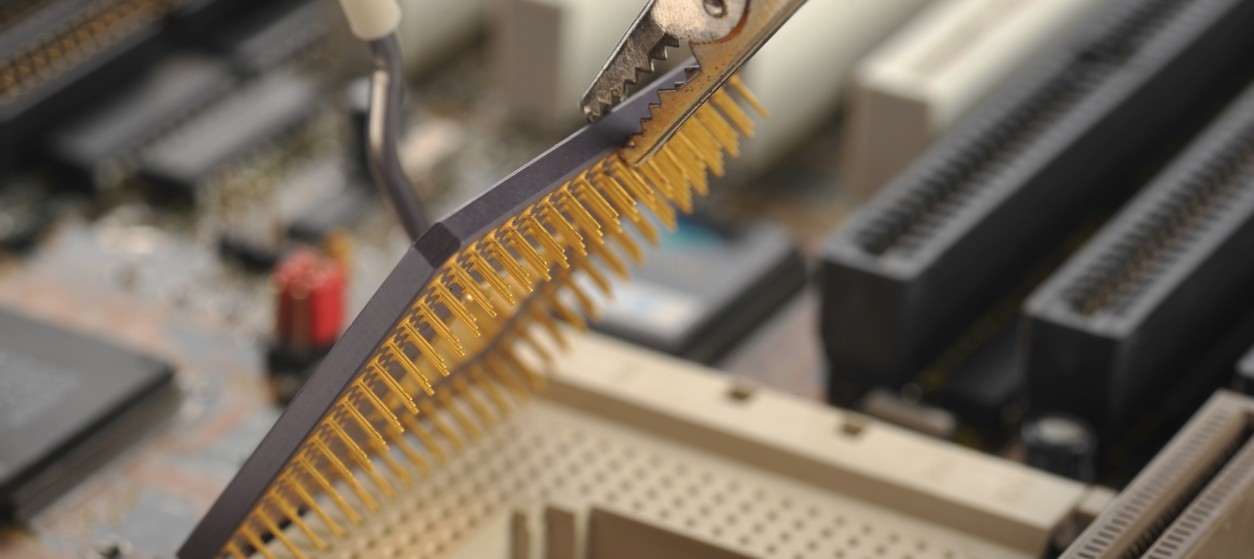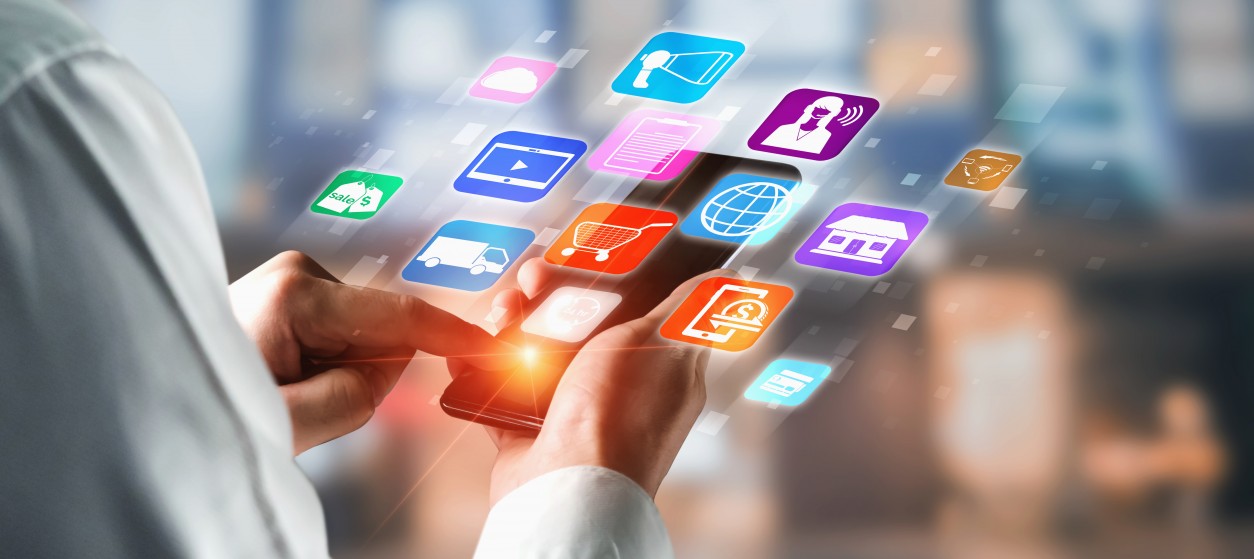The unprecedented evolution of technology is now penetrating every aspect of our lives and gradually changing conventional paradigms of working and living. The education sector is no exception to this rule. During the last decade the integration of new technologies in schools and higher education environments has opened new horizons for teachers and learners. Smartphones, tablets, wearables, affective computing, cloud computing and BigData analytics are only few of the technologies that are deployed in the educational sector to enhance the efficiency of teachers and improve the learning experience. Let’s explore five trends in education, which are propelled by the use of ICT technologies.
1. Personalized Learning
ICT technologies enable the personalization of the structure and the content of educational processes. Instead of having a “one size fits all” curriculum with few variations of the content, ICT technologies can be used to implement the “personalized school” vision. In a “personalized school”, lectures, curricula and course materials are tailored to the needs and preferences of each student, which enhances the effectiveness of learning activities and produces lifelong learners that are able to keep up with rapid change. Personalized programs are empowered by profiling technologies, which employ data analytics in order to understand the student’s needs and personalize the content. Personalized content can be delivered in two major forms:
- Textbooks, where algorithms are packaged with content from a publisher for an end user and
- Platforms, where end users add their own content to the learning environment.
2. Adaptive Learning
Adaptive learning technologies are typically used in order to automatically and dynamically adjust the learning delivery (e.g., speed and style of the instruction) to the needs of particular students or student groups. Adaptive learning technologies are a combination of:
- Pervasive computing technologies, such as wearable devices, facial analysis technologies, emotional speech technologies and other affective systems enable the acquisition of learning characteristics of the student. Several of these technologies (e.g., wristbands and web cameras) are nowadays very cheap and ubiquitously available, which facilitates their large scale deployment in educational environments.
- Powerful software algorithms, which analyze how students react during the course, to understand how students grasp key concepts and master desired skills, help with changing the speed, complexity, and other characteristics of the course to suit the learner. Such algorithms provide information about how the student feels during the learning processes e.g., whether he/she is excited, afraid, bored or even confused. The understanding of the affective and emotional status of the student can be based on a combination of his/her facial expressions, speech and vital signals.
Such learning systems adapt the speed or style of instruction and the course flow in-line with the students’ capabilities. For example, in cases of students that are anxious or confused, alternative course flows, along with a slower pace are used.
3. Learning Analytics
Both personalized and adaptive learning make use of learning analytics (LAs). LAs refer to the measurement, analysis and reporting of large amounts of a data about a learners’ context and behavior. They involve processing of content created by the students (e.g., assignments or essays), analysis of the student interactions (e.g., language and tools used by the student), as well as processing of information about their social interactions (i.e. learning networks and interaction with other students). On processing such information, LAs deliver benefits to several stakeholders, through:
- Facilitating institutional administrators in their marketing and recruitment tasks.
- Enabling the learners to perform a comprehensive self-assessment, that helps them identify their strong and weak points.
- Boosting the teachers’ ability to provide students with curricula and pathways that are tailored to their needs.
- Identifying students that are facing the risk of dropping out or failing.
- Visualizing information about particular students or even student groups, in order to support teachers’ and institutional administrators’ decision making.
From a technology perspective, LAs is considered as the main Big Data application in education.
4. Open Educational Resources (OER) and Massive Open Online Courses (MOOCs)
ICT technologies (e.g., learning management systems and large scale digital libraries) also enable students to access high quality educational materials for free. This is possible thanks to the emergence of OERs, i.e. educational related documents and media, which are accessible based on open licenses. OERs are used for teaching, learning and research purposes. They represent one of the leading trends in distance education.
Recently, Massive Open Online Courses (MOOC) have also emerged as an evolution of OERs. MOOCs constitute online courses, which are openly accessible through the web. MOOCs comprise materials such as filmed lectures, recommended readings, and sets of exercises, as well as virtual spaces where interactions amongst students are supported. MOOCs are considered the future of research and education.
OERs and MOOC have given rise to the emergence of popular on-line course libraries such as MIT’s Open Courseware and the Coursera platform.
5. (Social) Collaboration Technology
Education is largely about collaboration between students, teachers and other stakeholders. Contemporary ICT technologies facilitate educational collaboration at a global scale, which is increasingly important in the era of globalization. Apart from supporting global scale collaboration, ICT collaboration suites integrate nicely with social networks towards expanding the scope and efficiency of the collaboration.
Overall, ICT technologies are shaping the future of education, which will be characterized by open and personalized access to educational content at a global scale. The list of trends outlined above is certainly not exhaustive, yet it is indicative of the potential impact of ICT on education. Nevertheless, education is generally a conservative industry, which is not very accepting of these ICT innovations. This conservatism is reinforced by the ever important privacy issues, which emerge in all cases where the students’ personal context has to be processed. While progress is slower than in other industries, it is gradually happening. According to Gartner the Global Higher Education Sector Technology Spending amounted to almost $38.2 billion in 2016. Whether in high school, university or in any kind of educational institute, all can benefit from the use of ICT in education.











Hi there! Do you know if they make any plugins to assist with SEO?
I’m trying to get my site to rank for some targeted keywords but I’m not seeing very good results.
If you know of any please share. Kudos! You can read similar blog here: Warm blankets